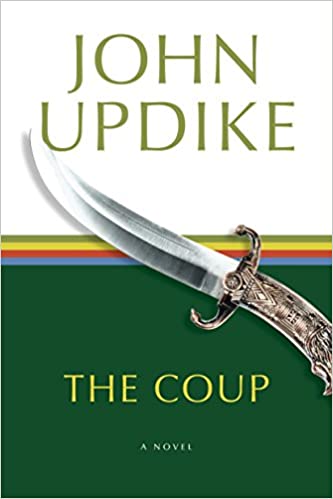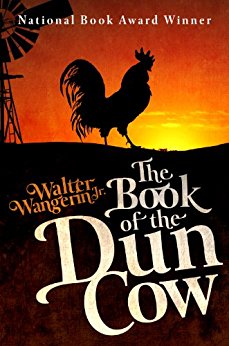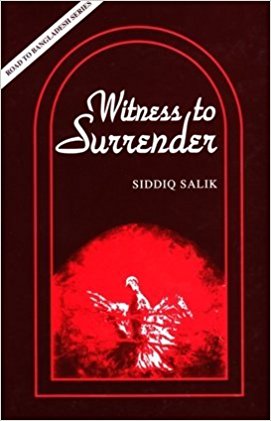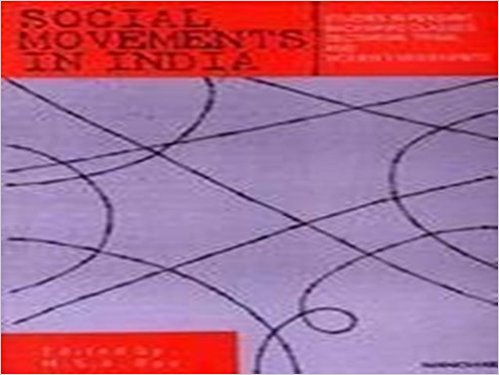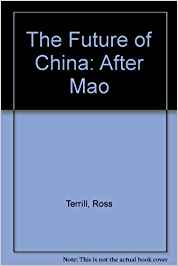One of the indicators given importance in assessing the status of women in a nation is the presence of women in the political arena. Percentages are given against total membership in representative councils or politburos or political parties and the higher the percentage the more the marks given to the country for having moved women up the ladder.
Archives
Jan-Feb 1980 . VOLUME 4, NUMBER 1-2Refugees are the forgotten people. Witness, for instance, the festering Pale¬stinian issue, which remains after three decades. Essentially, the refugee seeks escape from intolerable persecution within his own country. But, he presents a pro¬blem to the international community.
1979
This is a terribly disappointing novel. Updike has carved a niche for himself in the hall of literary fame as the map¬maker, non-pareil, of the peaks, valleys and uncharted fissures of suburban/middle¬class America.
Another clutch of Redbirds from the Writers’ Workshop aviary, this time trans¬lations of foreign poets, or ‘transcreations’ as P. Lal prefers to call them. The check¬list at the back of each ‘Birdbook’ shows a cartoon of a pair of eyes struggling to remain above a line, and the note ‘Simply submerged’.
India! Down the ages, travellers of every description, monks and missionaries, traders and merchants, poets and novelists; soldiers and administrators, plenipotentiaries and proconsuls have sought to describe something of the beauty and the pity, the squalor and the splendour of this country.
A national movement requires organi¬zation, funds, leadership and popular support. If one or the other is lacking or weak, the movement becomes not only lop-sided but ineffective. It was Gandhi’s great achievement in India that he ensured all four basic elements, even though he left to others the reconciling of the contradiction in the manner in which he provided these essential ingredients.
Through the pages of this book which number about two hundred and seventy, Devaki Jain and her associates Nalini Singh and Malini Chand describe to us five different endeavours in which women have an important role. They are mainly in western and eastern India.
One of the indicators given importance in assessing the status of women in a nation is the presence of women in the politica arena. Percentages are given against total membership in representative councils or politburos or political parties and the higher the percentage the more the marks given to the country for having moved women up the ladder.
The Book of the Dun Cow is another addition to the many novels in the genre of fantasy narratives like Watership Down and Lord of the Rings. Not perhaps as utterly captivating as these classics, it nevertheless has its own intrinsic magic.
1980
The Kaziranga Trail has been awarded the Shankar’s Gold Medal for the best book written for children. Conscious writing for the young is a fairly recent development in India.
1980
The International Year of the Child provided an opportunity for national and international reviews of the needs of children and of the impact of the programmes taken up for them in the past.
Siddiq Salik, one time lecturer and journalist joined the Pakistan Army as Public Relations Officer and his tour of duty got him to Dacca in January 1970. He remained there until taken as a prisoner of war to India where he spent two years mulling over the fiasco that his bosses had so callously brought about.
The words and names Orissa, Jagganatha and Chaitanya are synonymous. Prabhat Mukherjee says in the Preface of his book, ‘Chitanya’s influence on the religious history of Orissa was profound. Chaitanya is probably the only Hindu saint who was deified during his lifetime.
Although Cunningham, Fergusson and Marshall had drawn the world’s attention to the tradition of’ great architecture in the Indian subcontinent, it was left to Havell to identify the concepts which constituted the basis of the architectural plans.
Diplomats, particularly those who have been in the spotlight, write memoirs once they have removed the mask of their profession and hung them up for good. Retired Indian diplomats are no exception.
Though of recent origin, political pornography is a well-established literary genre in India today thriving on what Yunus rightly describes as the ‘prevailing mood of our high-minded intellectuals to read gossip.’ What began as a mild stimulant following the news-starved years of Emergency became in the permissive milieu of Janata rule full scale pandering to political prurience.
Tamil is the oldest surviving classical language of India, and Tamil literature goes back to the early centuries of the Christian era. The old heroic and romantic literature, the devotional hymns of the Saiva and Vaishnava saints and narrative literature form the glory of Tamil.
An anthology offered under the label Indian Perspectives, ought to have two things: an Introduction—preferably a strong one; and a Selection that is discriminating—and therefore strong. Hers has no introduction and may be half a dozen real poets out of its presentation of thirty.
The first book is a collection of letters to and from Dr. M.A. Ansari; it also contains some statements issued by Dr. Ansari in his long political career and his addresses as chairman of the reception committee for the Delhi session of the Muslim League in 1918, president of the Indian National Congress at its Madras session in 1927, and chairman of the all-parties Muslim National Convention at Calcutta in 1928.
Zanskar was opened to foreigners in the late 1970’s and this is among the first of the travel books which can be expected to follow from the opening of the area. Peissel is well known to those familiar with the travel literature on the Himalayas and his account of a visit to the kingdom of Mustang, remains interesting reading for those concerned with western Nepal and its vicinity.
The present volume, of which Brenda Beck is the editor as well as main contributor, is an interesting collection of seven essays on social anthropology, physical geography, demography and urban development.
While reviewing the first volume in the series edited by M.S.A. Rao, (The Book Review IV, 1, July-August 1979) I had commented on the substantive issues of theory, concepts and methodology’ that Rao had raised in his introduction.
It will remain for a long time one of the much debated issues in Indian Administration: whether Jawaharlal Nehru did the right thing in 1947 in opting (deliberately or otherwise) for a policy of ‘gradualism’ rather than making a clean break with the past.
The adequacy of public services in the democratic context and environment of rapid change is a matter of continuing concern. As the residuary of authority there is a continuing love-hate relationship between the public and governmental services for, the latter is supposed to serve the former.
Between Govind Kelkar’s visit to China in April-May 1978 and mine in May-June 1979 there was a year full of rapid policy changes. She travelled in China when the Chinese leadership was inclined to retain the overall orientation of the Cultural Revolution and integrate it with a programme of four modernizations while denouncing the extremism of the Gang of Four.
Nobody ever thinks of writing a book on ‘America After Carter’ or ‘Britain After Margaret Thatcher’. But books ·and articles on ‘Post-Nehru India’, and ‘China After Mao’ abound. Why? Is it that America and Britain are crisis-free societies? Obviously not; they have been visibly moving from crisis to crisis.



